In the ever-evolving world of SEO, understanding page experience has become crucial. It’s not just about keywords anymore; how users interact with your site plays a massive role in ranking. We’re here to guide you through the ins and outs of page experience and its impact on SEO. Let’s dive into how optimizing for a better user experience can significantly boost your site’s visibility and performance.
Table of Contents
Key Takeaways
- Page experience is a critical factor in SEO, encompassing how users interact with a website, including its mobile-friendliness, loading performance, interactivity, and visual stability.
- Google’s Core Web Vitals—Largest Contentful Paint (LCP), First Input Delay (FID), and Cumulative Layout Shift (CLS)—are key metrics for measuring a website’s page experience, with specific thresholds to aim for optimal performance.
- Optimizing page experience is essential for improving SEO rankings, user engagement, and website visibility. This includes enhancing loading speed, ensuring mobile responsiveness, implementing safe browsing practices, and adopting HTTPS.
- For e-commerce and mobile SEO, optimizing page experience can significantly impact rankings, user satisfaction, and sales. Mobile-friendliness, fast loading speeds, and secure browsing are especially paramount.
- Common page experience issues include slow loading speeds, poor mobile responsiveness, and intrusive interstitials, which can be addressed through specific optimizations such as image compression, responsive design, and minimizing CSS/JavaScript use.
- Continuous measurement and monitoring of page experience performance using tools like Google’s PageSpeed Insights and Search Console, along with web analytics, are crucial for maintaining high SEO rankings and offering a superior user experience.
What is Page Experience?
In the dynamic world of SEO, page experience has emerged as a crucial factor. It’s not just what content is on your page but how users interact with it. Page experience refers to a set of signals that measure how users perceive the experience of interacting with a web page beyond its pure informational value. These signals include mobile-friendliness, safe browsing, HTTPS, and no intrusive interstitials.
Google’s Core Web Vitals are part of this, focusing on loading performance, interactivity, and visual stability of the page. They are quantifiable measures of how satisfying the experience is for a user.
- Largest Contentful Paint (LCP): Measures loading performance.
- First Input Delay (FID): Assesses interactivity.
- Cumulative Layout Shift (CLS): Rates visual stability.
| Core Web Vital | Description | Ideal Measurement |
|---|---|---|
| LCP | Loading performance | Less than 2.5s |
| FID | Interactivity | Less than 100ms |
| CLS | Visual stability | Less than 0.1 |
Optimizing these aspects can greatly increase a site’s usability, making it more likely for users to stay longer and engage more deeply. It’s not just about providing information anymore. It’s about delivering it in the most accessible and enjoyable way possible. Safe browsing and mobile-friendliness are paramount, ensuring users can access content anywhere, anytime, without fearing for their online security. We must strive to create websites that are not just informative but also a pleasure to navigate.
Why is Page Experience important for SEO?
Understanding the importance of page experience for SEO is crucial in today’s competitive digital landscape. In essence, Google places a high value on user experience. This means that websites offering a seamless and enjoyable interaction not only rank better but also attract more engagement.
From the onset, it’s key to recognize that search engines aim to serve users with the most relevant and high-quality results. Page experience signals, such as mobile-friendliness and safe browsing, play a vital role in ensuring that websites meet these criteria.
Moreover, users are less likely to bounce and more likely to engage with a website that loads quickly. Core Web Vitals offer quantifiable metrics for evaluating a site’s performance in this regard. A site optimized for these metrics fosters a favorable page experience, which in turn, positively impacts SEO.
Safe browsing cannot be overstated. Users trust websites that protect them from malware and phishing. Incorporating HTTPS is another cornerstone of building this trust and boosting SEO. Sites with HTTPS are implicitly rewarded by search engines, aligning with the broader goal of creating a safer internet.
Lastly, the mobile-first world we live in cannot be ignored. Mobile-friendliness is no longer optional but a prerequisite for effective SEO. Websites must be responsive and easily navigable on smaller screens to cater to the ever-growing mobile user base.
Optimizing for page experience is not just about ticking boxes for SEO. It’s about acknowledging the shift towards a user-centric internet. Websites that adapt and prioritize these factors are better positioned to thrive in the evolving digital ecosystem.
Core Web Vitals: The Key Metrics of Page Experience
In the realm of SEO, understanding Core Web Vitals has become non-negotiable. These metrics are a subset of factors that influence a website’s page experience score. Let’s dive deeper into each of these crucial components.
First up is Largest Contentful Paint (LCP), which measures loading performance. For a positive user experience, LCP should occur within 2.5 seconds of when a page starts loading. Sites that achieve this provide a smoother experience, encouraging users to stay longer.
Next, we tackle First Input Delay (FID), focusing on interactivity. A good threshold to aim for is less than 100 milliseconds. This ensures the site is responsive and reacts swiftly to user inputs, a key factor in maintaining engagement.
Lastly, Cumulative Layout Shift (CLS) assesses visual stability. A website should strive for a CLS score of less than 0.1. This metric guarantees that unexpected layout shifts do not disrupt the user’s experience, fostering a sense of reliability and comfort as they navigate your site.
The importance of these metrics cannot be overstated. They provide actionable insights that help us optimize our web pages. Prioritizing these improvements can significantly enhance user experience, subsequently boosting our SEO rankings. Implementing changes based on Core Web Vitals should be part of our ongoing strategy to stay competitive and meet our audience’s needs effectively.
To truly excel, continual monitoring and adjustment in response to these metrics are imperative. As we refine our pages, we not only cater to search engine algorithms but, more importantly, to our users’ expectations.
Understanding User Experience Signals
When diving into the realm of page experience and SEO, it’s crucial to grasp the concept of user experience signals. These signals are pivotal in informing search engines how a visitor interacts with a site. They encompass a range of factors, from how quickly a page loads to how easy it is for users to navigate a website on mobile devices.
One key aspect is mobile-friendliness. With the majority of internet users accessing content via mobile, a site that’s not optimized for mobile devices will likely fall behind in search rankings.
Safe browsing is another vital signal. It ensures that users are protected from malicious or deceptive content. Sites flagged for security issues can experience a significant drop in visibility.
HTTPS security is no longer just an option but a necessity. It encrypts data between a user’s browser and the website, enhancing trust and security.
Consistent, high-quality content is also part of user experience signals. Engaging and relevant content keeps users on the page longer, signaling to search engines that the site is valuable.
Page speed plays a significant role. Users expect quick loading times, and delays can lead to frustration and increased bounce rates.
Lastly, Core Web Vitals, introduced by Google, offer a more granular look at user experience through metrics like Largest Contentful Paint (LCP), First Input Delay (FID), and Cumulative Layout Shift (CLS). These metrics provide tangible data on loading performance, interactivity, and visual stability, respectively. Here’s how these metrics stack up:
| Core Web Vital | Description | Ideal Threshold |
|---|---|---|
| LCP | Measures loading performance | Less than 2.5s |
| FID | Measures interactivity | Less than 100ms |
| CLS | Measures visual stability | Less than 0.1 |
Improving these user experience signals can significantly enhance a site’s SEO, making it more likely to rank well in search results.
How to Optimize Page Experience for SEO
Optimizing page experience for SEO is a critical step in enhancing your website’s visibility and performance. Here’s how we can achieve it.
First, focus on mobile-friendliness. More users than ever are browsing from mobile devices, making this a priority.
Ensure your website is responsive on all devices. This includes adjusting to different screen sizes effortlessly.
Improve loading speed across your site. Fast-loading pages keep users engaged and reduce bounce rates.
You can do this by compressing images and using efficient coding practices.
Enhance interactivity by minimizing the time it takes for users to interact with your page. Pay close attention to the First Input Delay (FID).
Tools like Google’s PageSpeed Insights can help identify areas for improvement.
Improve visual stability by ensuring elements on your page don’t shift unexpectedly during load. Aim for a low Cumulative Layout Shift (CLS) score.
Adopt safe browsing practices and ensure your site is free from malware or deceptive content. This builds trust with your users.
Switch to HTTPS if you haven’t already. Secure connections are a must for user trust and search engine preference.
Lastly, create high-quality content that meets your users’ needs. Content remains king in the realm of SEO.
Remember, improving the page experience is not a one-time task but an ongoing process. Regularly monitor your performance metrics and adjust as needed.
By prioritizing these aspects, we can significantly enhance our website’s overall page experience, contributing to better SEO rankings and offering a superior experience for our visitors.
The Impact of Page Experience on Mobile SEO
With the surge in mobile usage, optimizing page experience for mobile SEO has become critical. Mobile search queries now surpass desktop, making mobile-friendliness a top priority for search engines. We understand that users demand quick and easy access to information, even on smaller screens. This is why search engines reward websites that are optimized for mobile devices.
Mobile-friendliness Is Key
A mobile-friendly website is not just an option; it’s a necessity. Our goal is to ensure our site is responsive, meaning it automatically adjusts to fit the screen of any mobile device. This adjustability improves usability and engagement, factors that search engines consider when ranking websites.
Loading Speed Matters
Another crucial factor is loading speed. Mobile users are often on the go, seeking information quickly. A delay of even a few seconds can lead to frustration and increased bounce rates. We work hard to compress images, leverage browser caching, and minimize code to speed up our site.
Interactivity and Stability
First Input Delay (FID) and Cumulative Layout Shift (CLS) are also vital on mobile devices. Users expect interactive elements to respond quickly and layout shifts to be minimal. We optimize buttons, links, and other interactive elements for immediate response. Moreover, we ensure visual elements are stable as the page loads, preventing disorienting layout shifts.
Safe Browsing Is a Must
On mobile, as on any device, safe browsing practices are essential. We ensure our site is secure and free from malware, which not only protects users but also bolsters our SEO efforts. Implementing HTTPS is a step we’ve taken to ensure our website meets these criteria.
Optimizing page experience for mobile SEO requires ongoing attention to these critical elements. We’re committed to providing an optimal experience, knowing it’s key to improving our search engine visibility and engaging successfully with our mobile audience.
The Role of Page Experience in E-commerce Rankings
In the competitive world of e-commerce, page experience directly impacts rankings and, consequently, sales. Search engines have evolved to prioritize sites that not only provide relevant content but also a positive user experience. This means that an e-commerce site’s performance on Core Web Vitals is more crucial than ever.
For online retailers, a seamless page experience can mean the difference between a conversion and a bounce. Studies show that 53% of mobile users abandon a site if it takes longer than three seconds to load. This statistic highlights the importance of optimizing loading speed for enhanced user satisfaction and retention.
But it’s not just about speed. Interactivity and visual stability play key roles in keeping potential customers engaged. A site that responds promptly to user inputs and maintains a stable layout throughout the browsing experience encourages more interaction and longer visit durations.
Furthermore, the mobile-friendliness of an e-commerce site can’t be overlooked. With a significant portion of online shopping happening on mobile devices, ensuring that websites are optimized for mobile is essential. This includes responsive design, easy-to-use navigation, and accessible content that adapts seamlessly to various screen sizes.
Safe browsing practices are also a cornerstone of a positive page experience in e-commerce. Ensuring that customers’ data is secure and that they’re protected from malware or deceptive content is non-negotiable. This trust factor significantly influences a site’s reputation and rankings.
We believe that focusing on these aspects of page experience not only boosts SEO rankings but also builds a loyal customer base. Regularly monitoring and optimizing these key elements should be part of every e-commerce site’s strategy to stand out in a crowded marketplace. This approach ensures that users not only find your site through search but also enjoy their experience enough to convert and return.
Common Page Experience Issues and How to Fix Them
Encountering page experience issues is quite common, but thankfully, they’re fixable. We’ve identified some prevalent problems and provided insights on how to address them.
Slow Loading Speeds plague many websites. To fix this, we suggest optimizing images, leveraging browser caching, and minimizing CSS and JavaScript. These steps can significantly reduce loading times.
Poor Mobile Responsiveness often drives mobile users away. We recommend using responsive design frameworks and testing your site on various devices to ensure a seamless experience.
Intrusive Interstitials can be a major annoyance for users, leading to a negative experience. It’s best to limit their use or opt for non-intrusive alternatives that don’t cover significant content.
Unsafe Browsing Issues arise from security problems like malware or phishing. Ensure your site uses HTTPS and regularly scan for security vulnerabilities to maintain user trust.
Low Interactivity Scores, as indicated by First Input Delay (FID), can be improved. We advise optimizing JavaScript execution and breaking up long tasks to speed up interactivity.
Visual Stability Problems manifest as unexpected layout shifts, often measured by Cumulative Layout Shift (CLS). To combat this, specify size attributes for images and videos and avoid inserting new content above existing content.
For navigation difficulties, a clear, structured layout with an intuitive menu can enhance user experience. Keep your site’s architecture simple and make sure important information is easily accessible.
Addressing these issues not only enhances the page experience but also bolsters your site’s SEO performance. It’s a continuous process of improvement, requiring regular monitoring and adjustments to keep up with evolving best practices and standards.
Measuring and Monitoring Page Experience Performance
To ensure our page experience remains top-notch, it’s critical to measure and monitor performance consistently. We leverage a variety of tools and techniques designed to keep track of how well our website meets recommended page experience standards. One pivotal tool at our disposal is Google’s PageSpeed Insights.
This tool provides detailed insights into loading performance, interactivity, and visual stability. It not only pinpoints areas for improvement but also offers actionable recommendations. Another essential tool is Google Search Console. Here, we gain access to the Core Web Vitals report, which evaluates our pages against the critical metrics of LCP, FID, and CLS.
For a more comprehensive analysis, we integrate web analytics tools. These allow us to delve into user behavior and engagement metrics. Understanding our audience’s interaction with our site helps us better address their needs.
Periodic audits through these tools help us identify trends. Whether it’s a dip in performance or a notable improvement, we’re always informed. By continuously monitoring these metrics, we can implement timely optimizations. This proactive approach ensures we’re always delivering an exceptional page experience.
Furthermore, we don’t overlook the importance of mobile testing. Ensuring our site is mobile-friendly is a key aspect of our monitoring strategy. With the majority of internet traffic coming from mobile devices, it’s essential our site performs flawlessly across all screens.
By keeping a close eye on these aspects, we’re able to maintain a website that not only ranks well in search engines but also delights our visitors. Through diligent measurement and monitoring, we’re not just chasing the latest SEO trends. We’re providing real value.
Conclusion
We’ve explored the pivotal role page experience plays in SEO and how it directly influences both website visibility and user engagement. By prioritizing aspects like safe browsing, mobile-friendliness, and Core Web Vitals, we can significantly boost our site’s appeal to both users and search engines. It’s clear that to stay competitive and ensure our website not only ranks well but also provides value, we must continually measure and monitor our page experience. Tools like Google’s PageSpeed Insights and Search Console are invaluable in this pursuit offering detailed insights that help us refine and enhance our website’s performance. Let’s commit to delivering an exceptional page experience that not only meets but exceeds user expectations ensuring our site stands out in the crowded digital landscape.
Frequently Asked Questions
What is page experience in SEO?
Page experience in SEO refers to the quality of a user’s interaction with a webpage. It encompasses various factors including loading performance, interactivity, visual stability, mobile-friendliness, and safe browsing. These aspects impact both website visibility and performance by shaping how enjoyable and accessible information is provided to the user.
Why is page experience important for SEO?
Page experience is crucial for SEO because search engines prioritize websites that offer seamless and engaging interactions to users. Enhancing page experience can significantly affect website rankings and user engagement, as it fulfills search engine criteria for a high-quality, user-centric web environment.
What are Core Web Vitals and why are they important?
Core Web Vitals are a set of quantifiable metrics introduced by Google to measure a website’s performance in terms of loading, interactivity, and visual stability. The three key metrics are Largest Contentful Paint (LCP), First Input Delay (FID), and Cumulative Layout Shift (CLS). Achieving positive scores in these metrics is essential for improving user experience and SEO rankings.
How can website owners measure and monitor their page experience performance?
Website owners can measure and monitor their page experience performance using tools like Google’s PageSpeed Insights and Google Search Console. These tools provide valuable insights into a website’s performance across various page experience signals and Core Web Vitals, enabling owners to make necessary optimizations.
Is mobile-friendliness part of page experience?
Yes, mobile-friendliness is a significant part of page experience. It refers to how well a website is optimized for mobile devices, ensuring that content is easily accessible and navigable on smaller screens. Mobile-friendliness is crucial for achieving a positive page experience, as it affects both user satisfaction and search engine rankings.


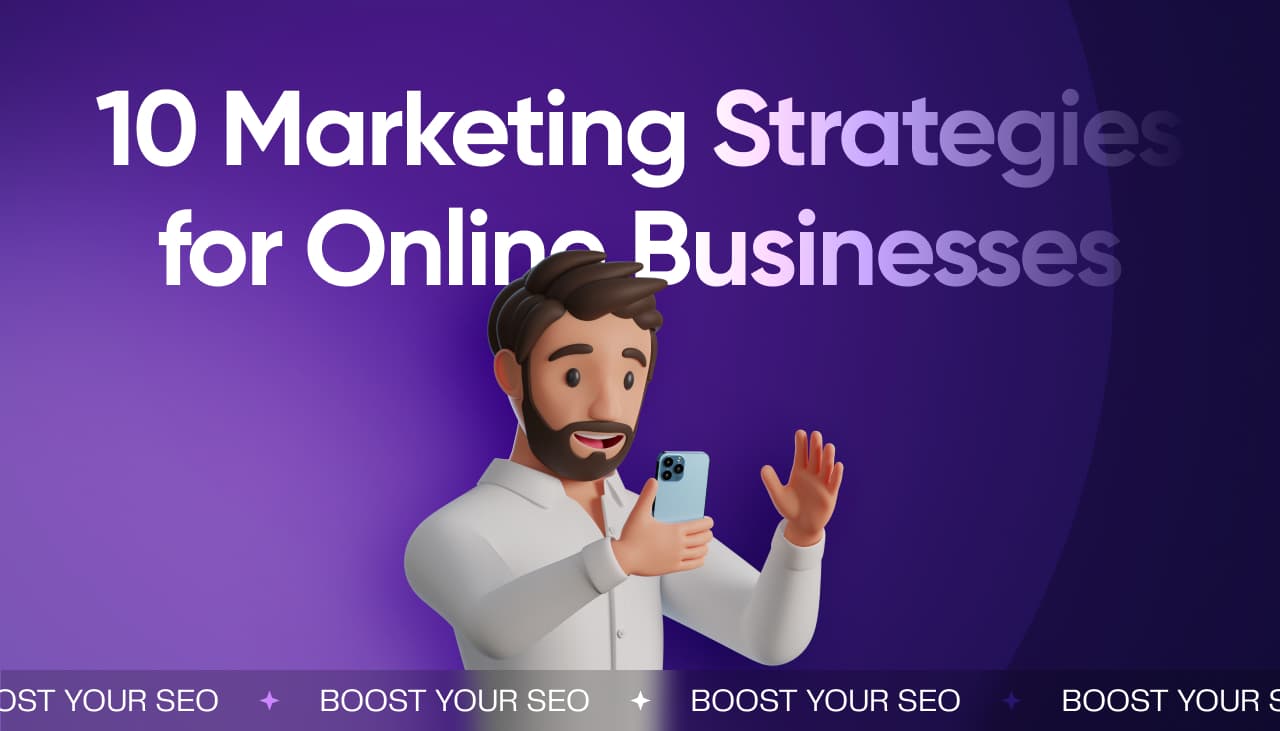










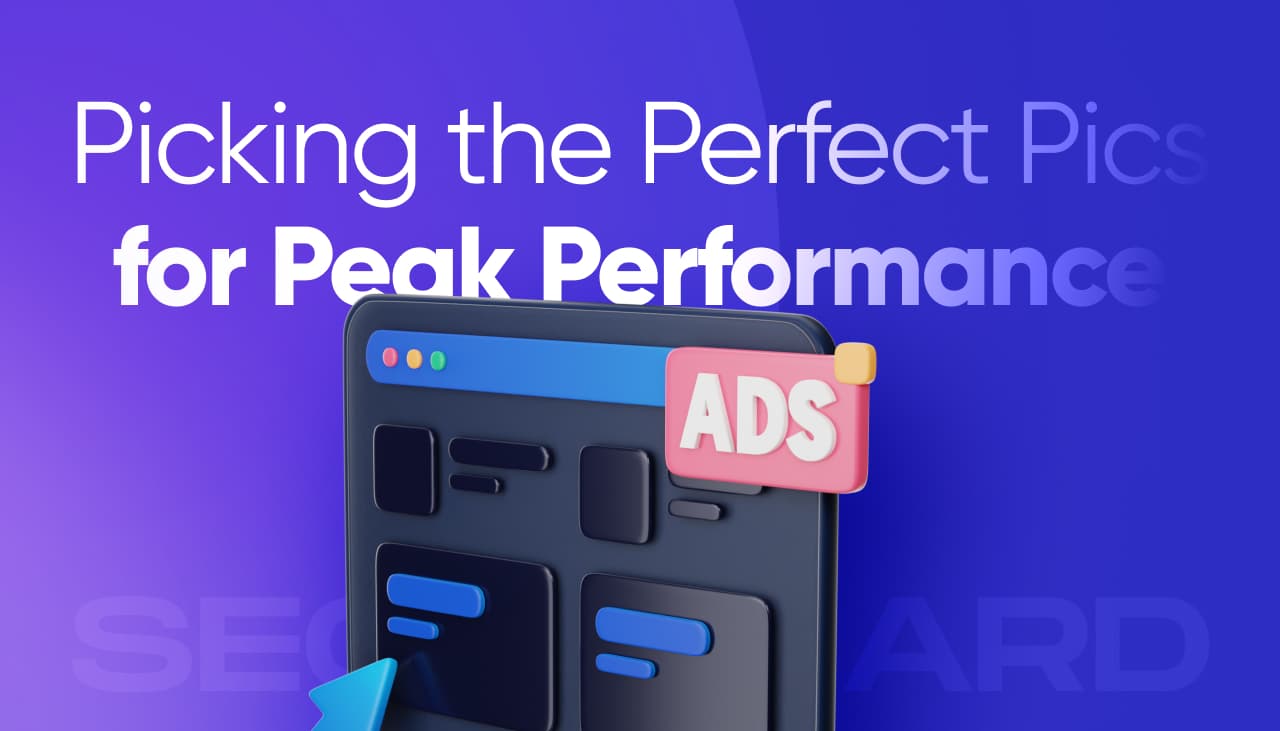


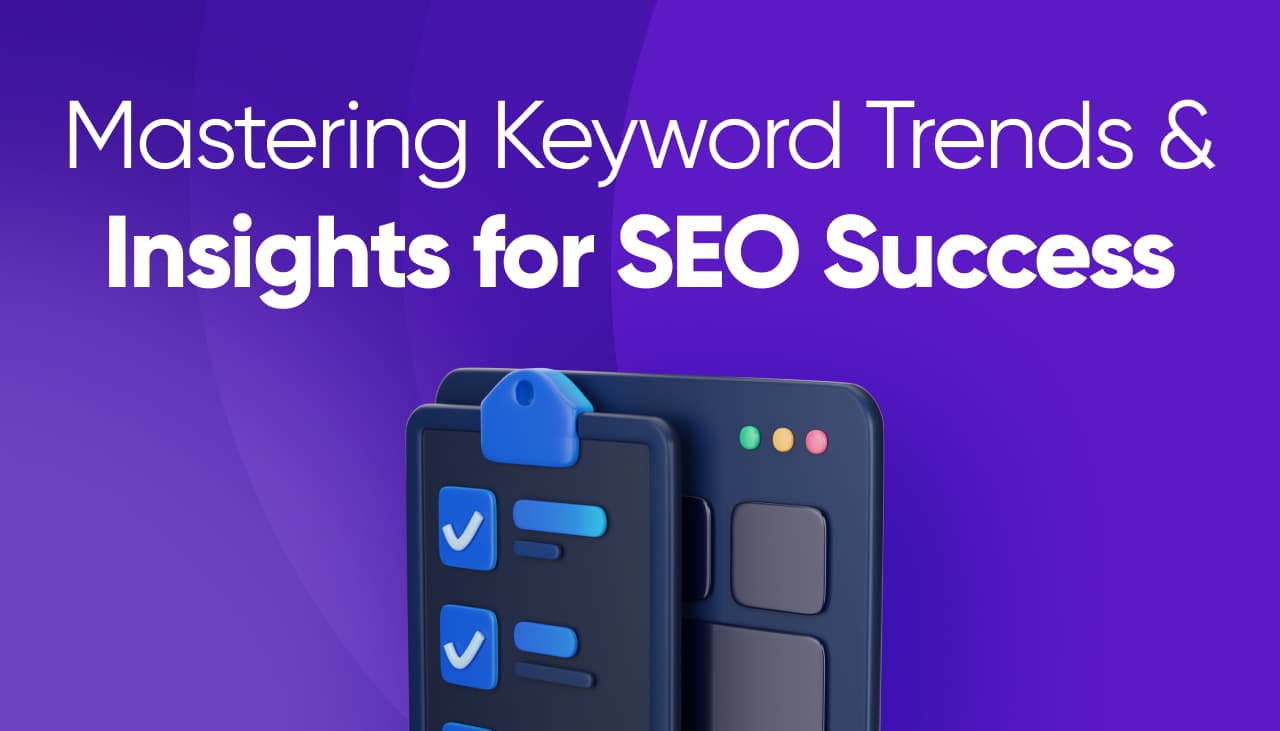

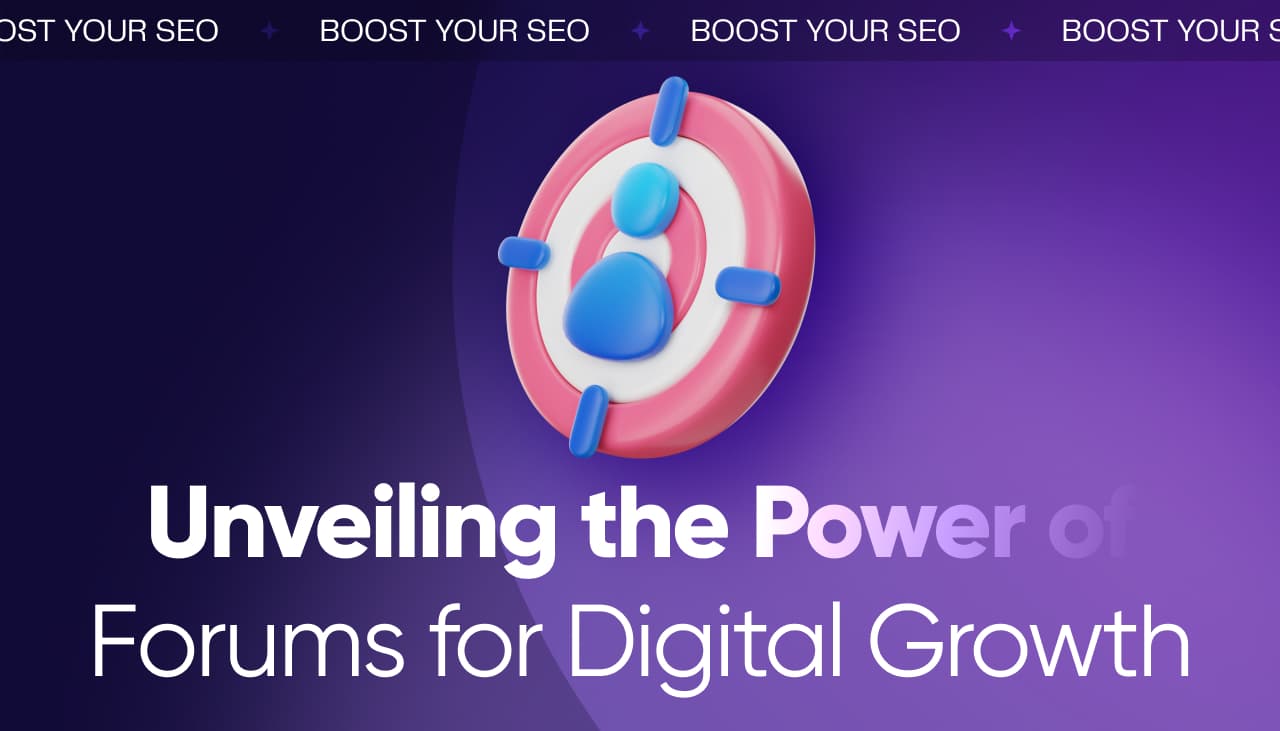
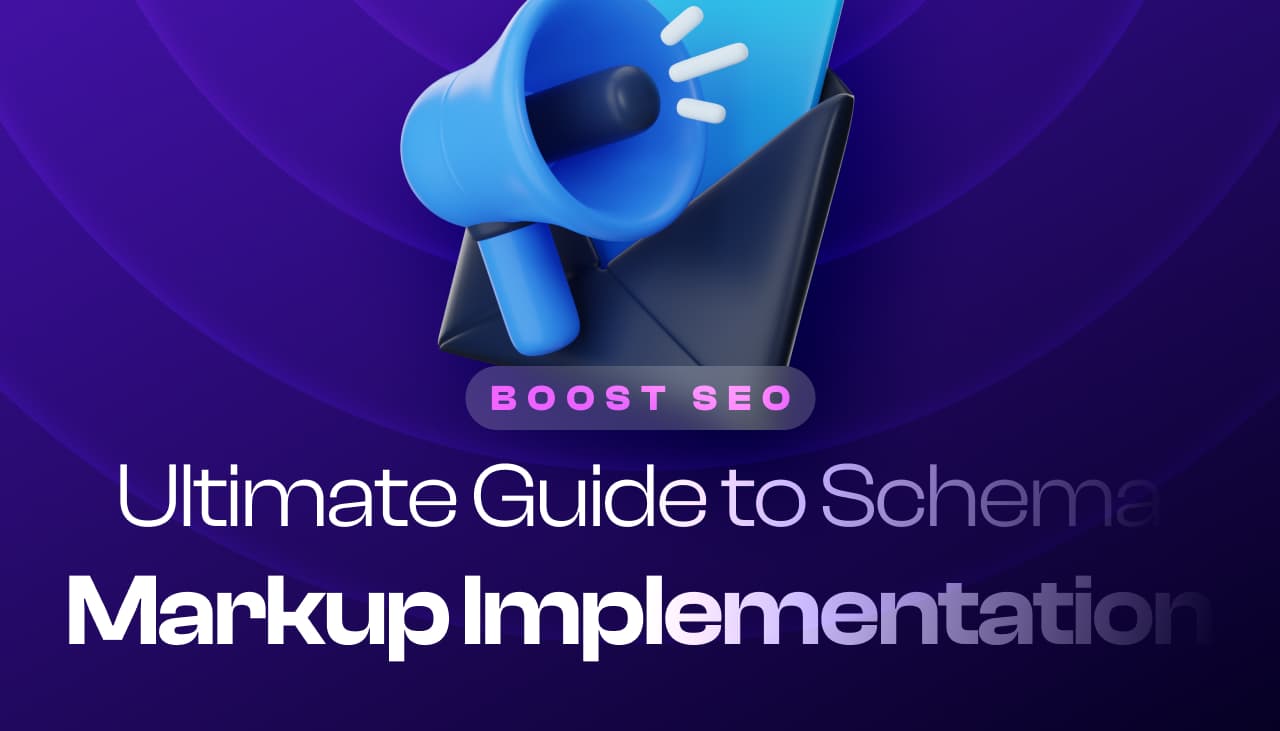


Responses (0 )